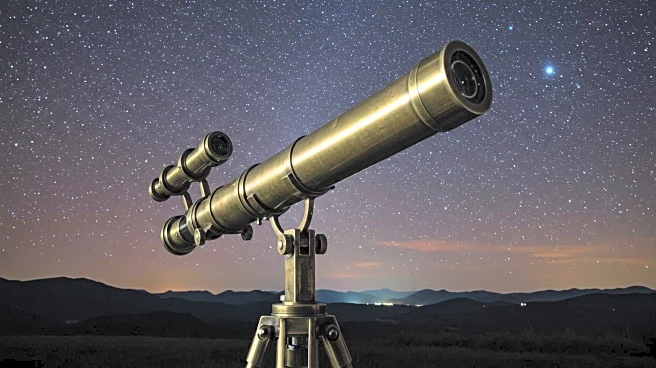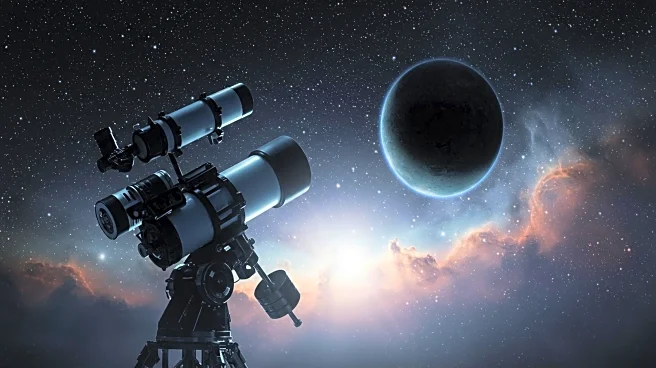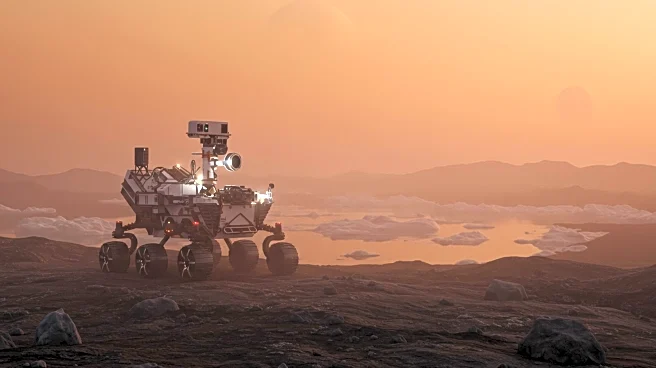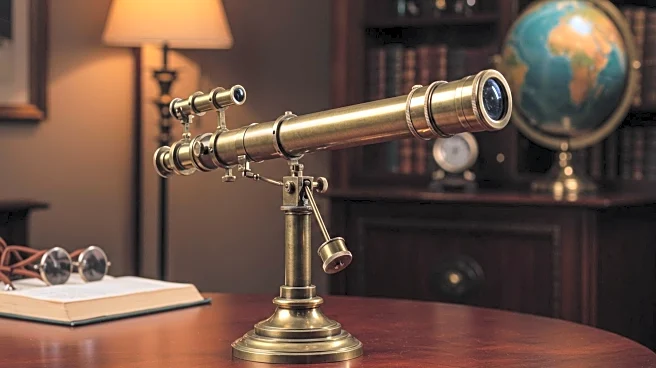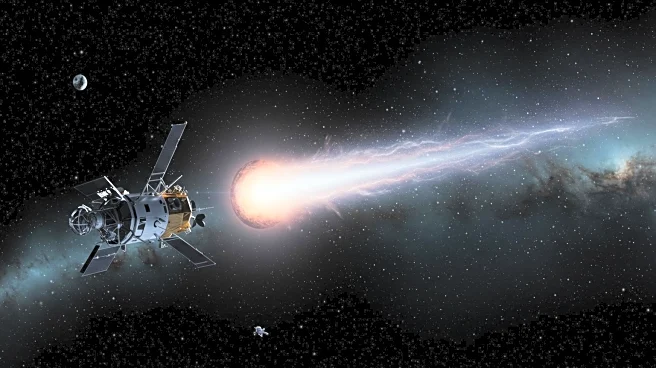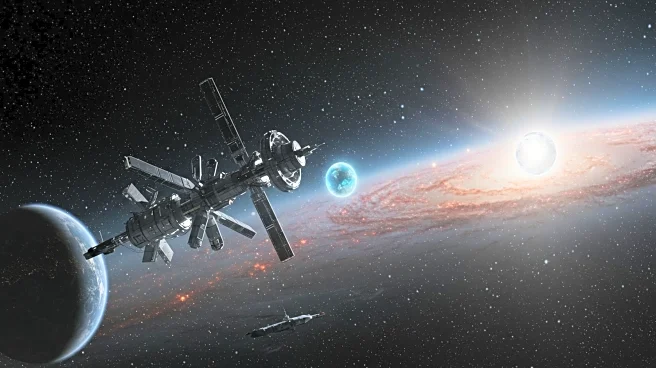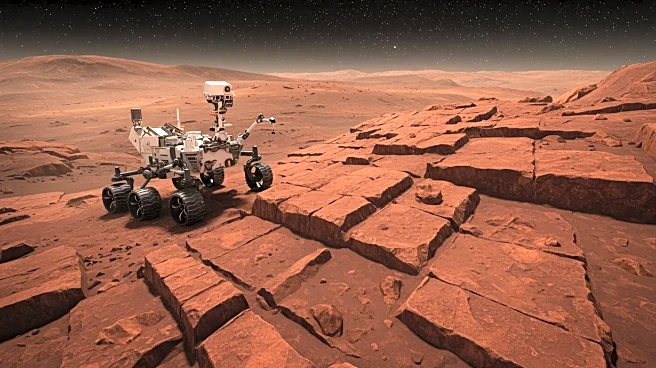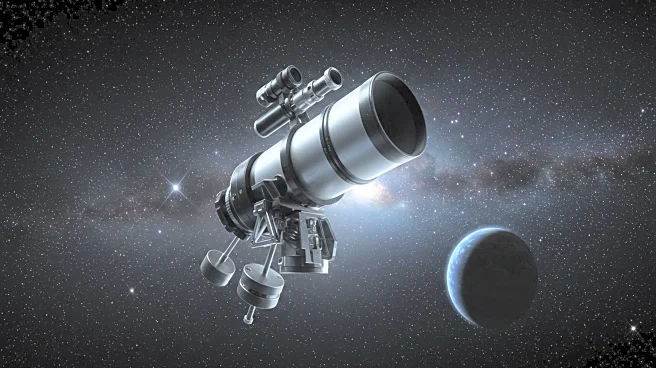What's Happening?
On August 16, 1898, photographic plates captured by DeLisle Stewart led to the discovery of Phoebe, a moon of Saturn, by astronomer William Pickering in March 1899. This marked the first instance of a moon being discovered through photographic means rather than direct observation. Phoebe was initially thought to be Saturn's outermost moon due to its considerable distance from the planet, approximately 8 million miles away. However, subsequent discoveries have identified several smaller moons further out. The Cassini spacecraft's flyby in 2004 confirmed Phoebe's irregular orbit, suggesting it is a captured object rather than a native satellite of Saturn.
Why It's Important?
The discovery of Phoebe was significant as it represented a shift in astronomical methods, showcasing the power of photography in celestial discoveries. This advancement paved the way for future explorations and studies of distant celestial bodies, enhancing our understanding of the solar system. The confirmation of Phoebe's irregular orbit by the Cassini spacecraft further contributed to the study of captured objects, offering insights into the dynamic processes of planetary systems. This discovery has implications for the study of other moons and celestial bodies, influencing both historical and contemporary astronomical research.
What's Next?
The discovery of Phoebe and its subsequent study by the Cassini spacecraft highlight the importance of continued exploration and observation of celestial bodies. Future missions may focus on further understanding the characteristics and origins of captured objects like Phoebe. As technology advances, astronomers may employ more sophisticated methods to study distant moons and planets, potentially uncovering new information about their formation and evolution. The ongoing analysis of data from past missions, such as Cassini, will continue to inform and refine our understanding of the solar system.
Beyond the Headlines
Phoebe's discovery and its implications extend beyond mere astronomical interest, touching on broader themes of scientific progress and innovation. The use of photography in astronomy marked a significant technological advancement, influencing other scientific fields and methodologies. The study of captured objects like Phoebe also raises questions about the formation and evolution of planetary systems, contributing to the broader discourse on cosmic dynamics and the history of the universe. These insights have the potential to inform future explorations and the development of new technologies in space research.
